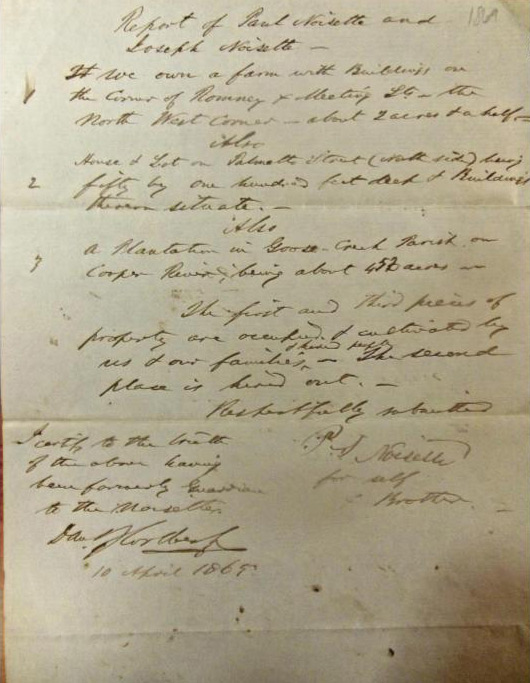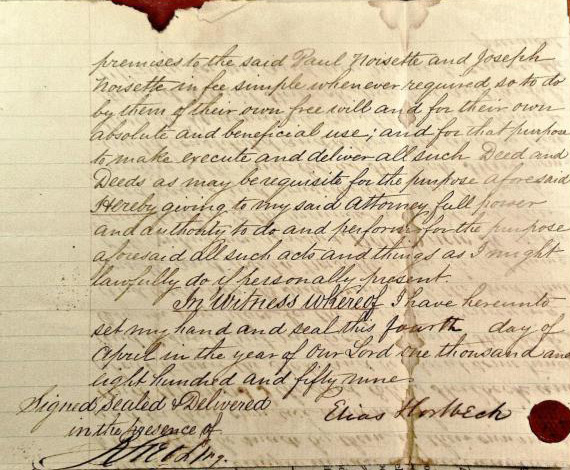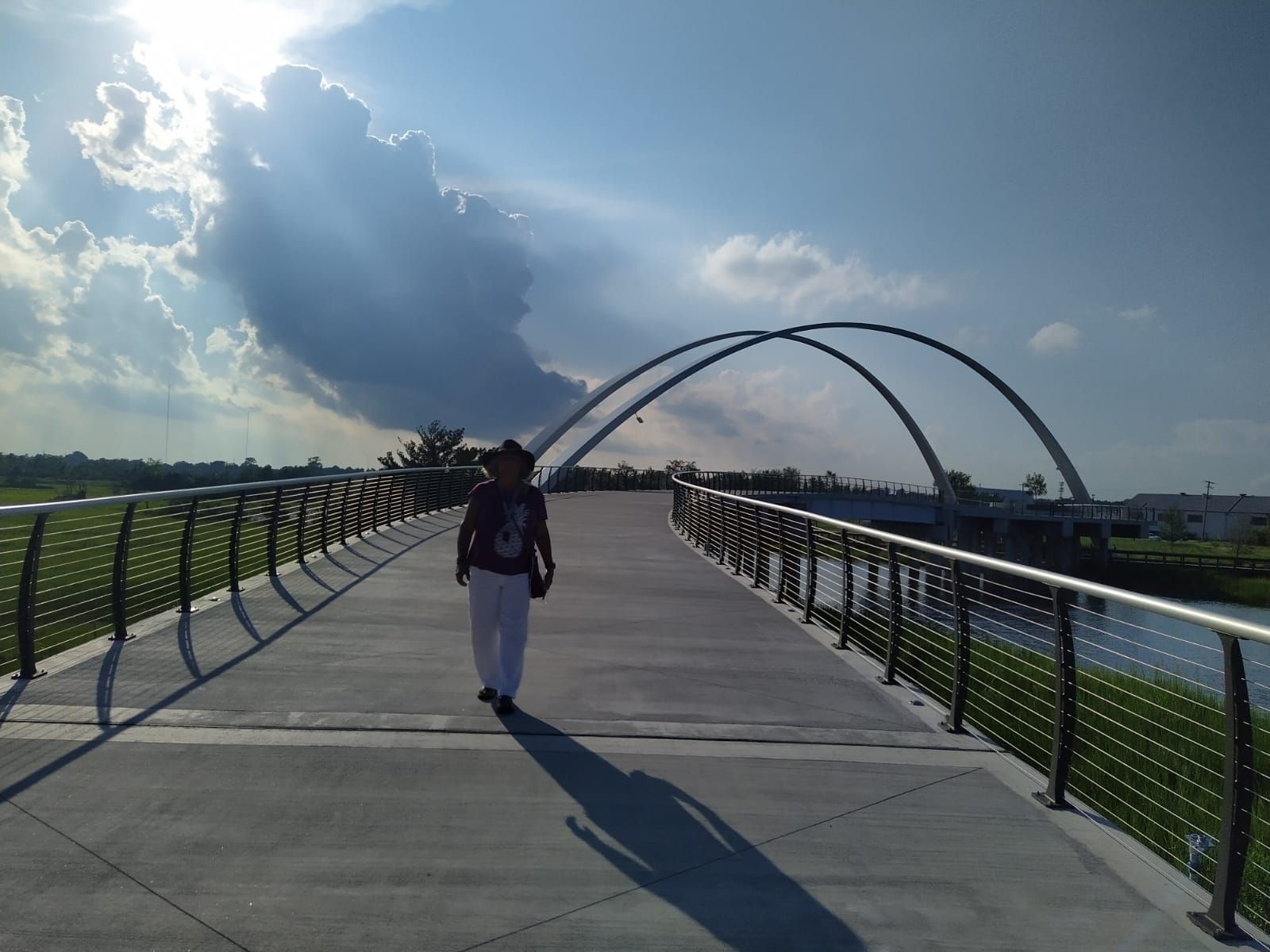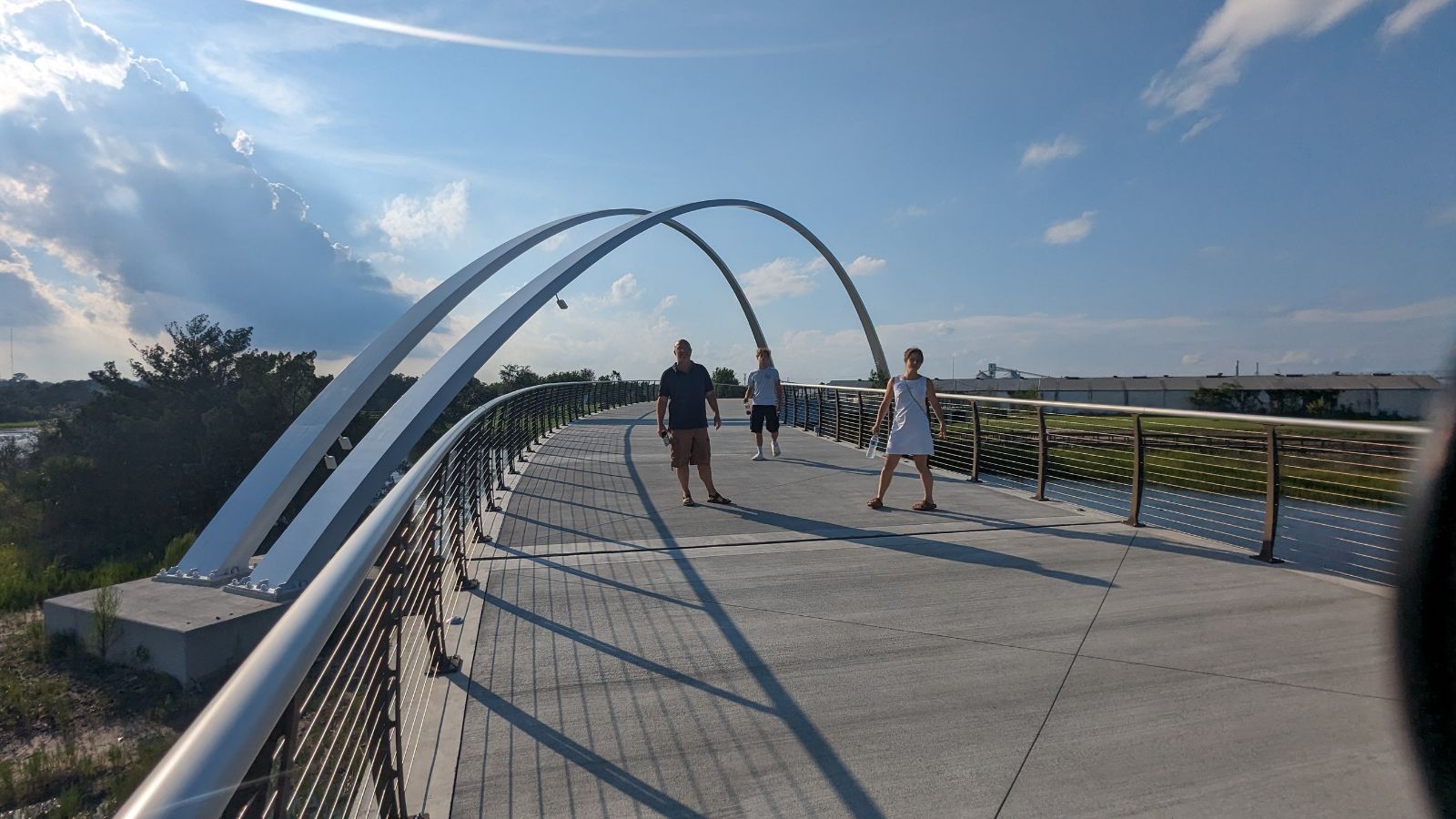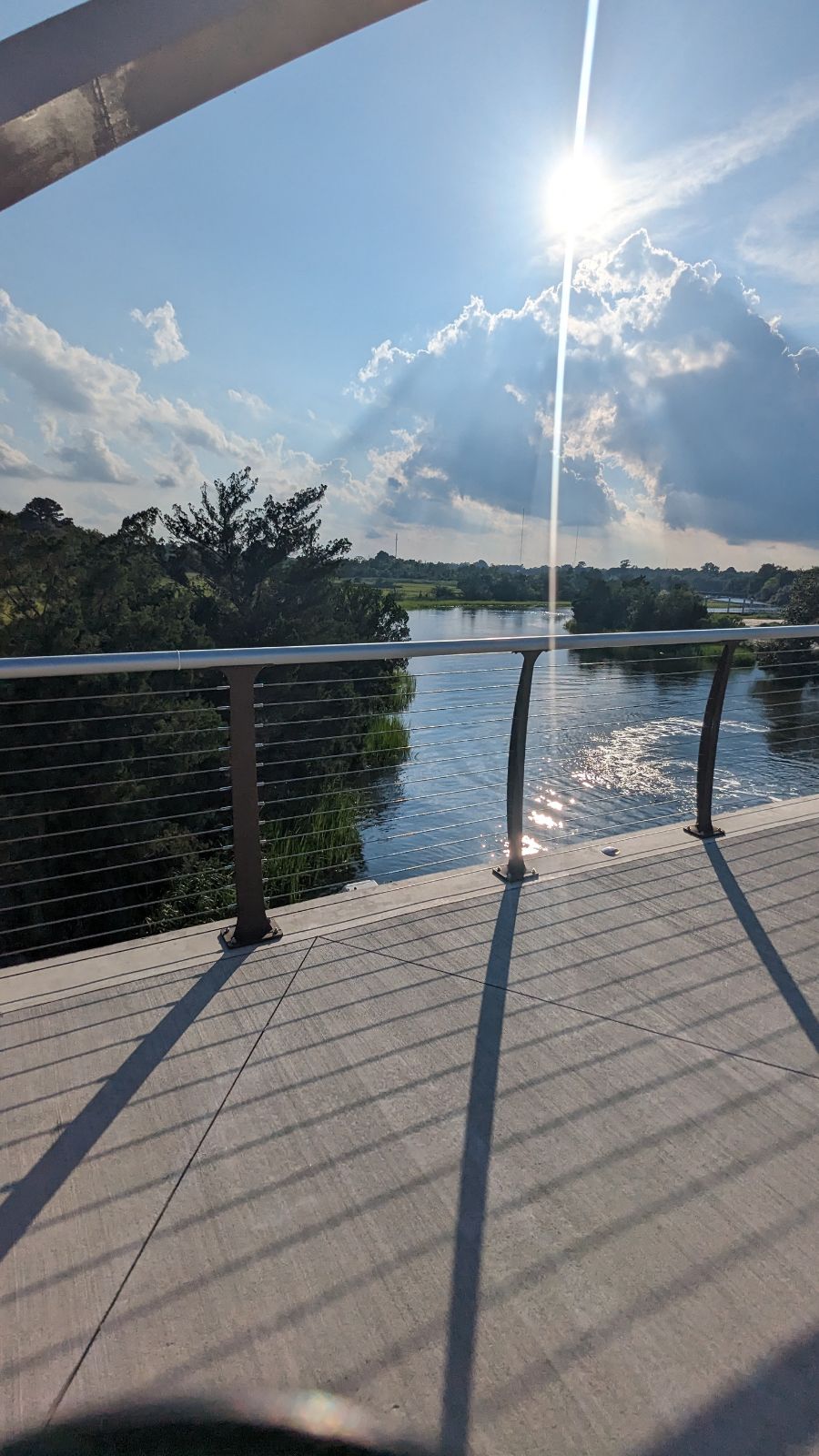The Noisette Brothers
Paul & Joseph Noisette – Sibling Horticulturists
Market Disruption
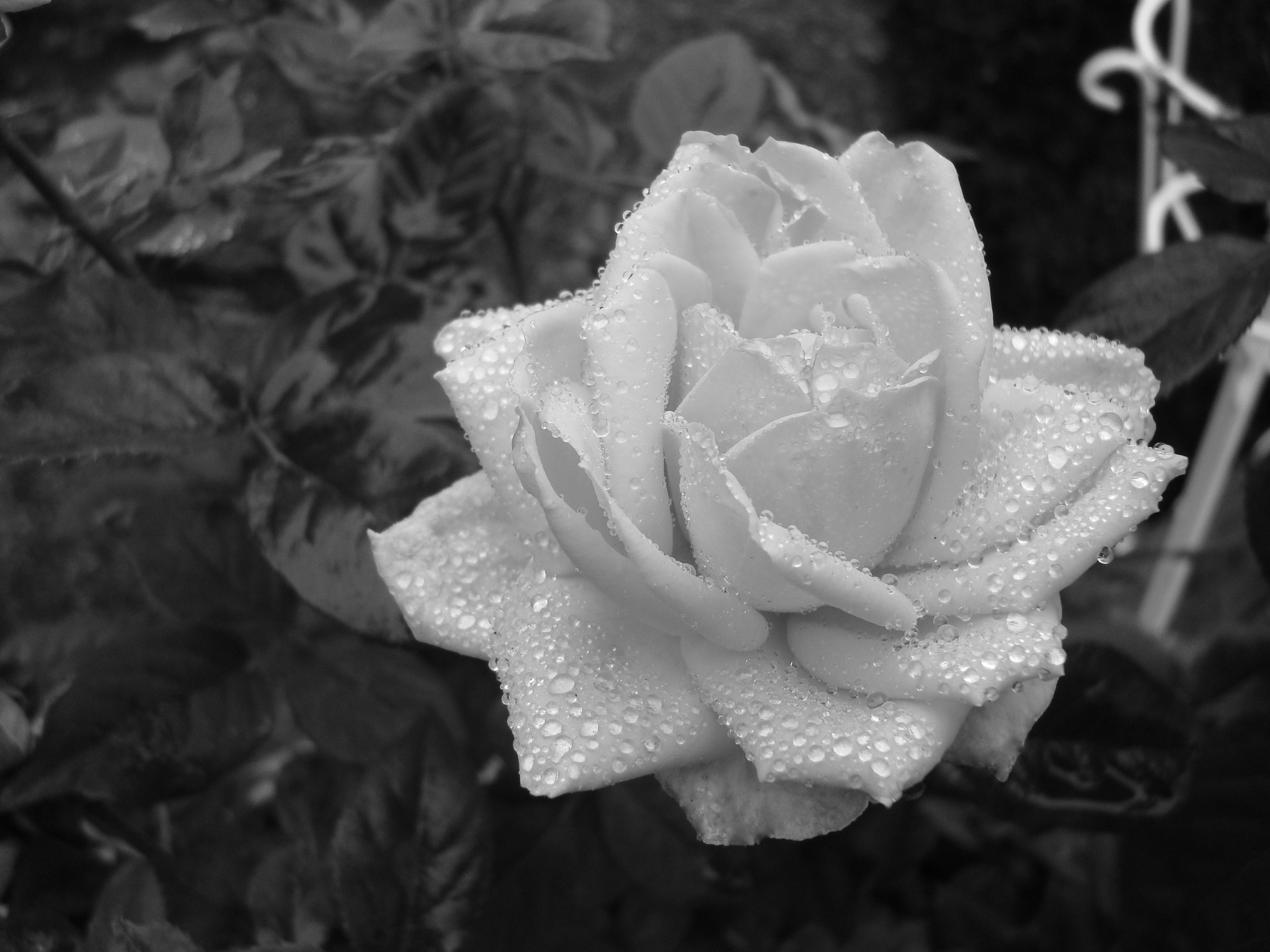
In 1883 America’s greatest seed broker, Peter Henderson came to Charleston to visit the mysteriously successful vegetable and fruit farmers Paul & Joseph Noisette to learn the secrets of their productivity & quality. He reported what he saw to northern market farmers, as a lesson and warning. When he asked to see representatives of the Noisette farm, he found them . . .
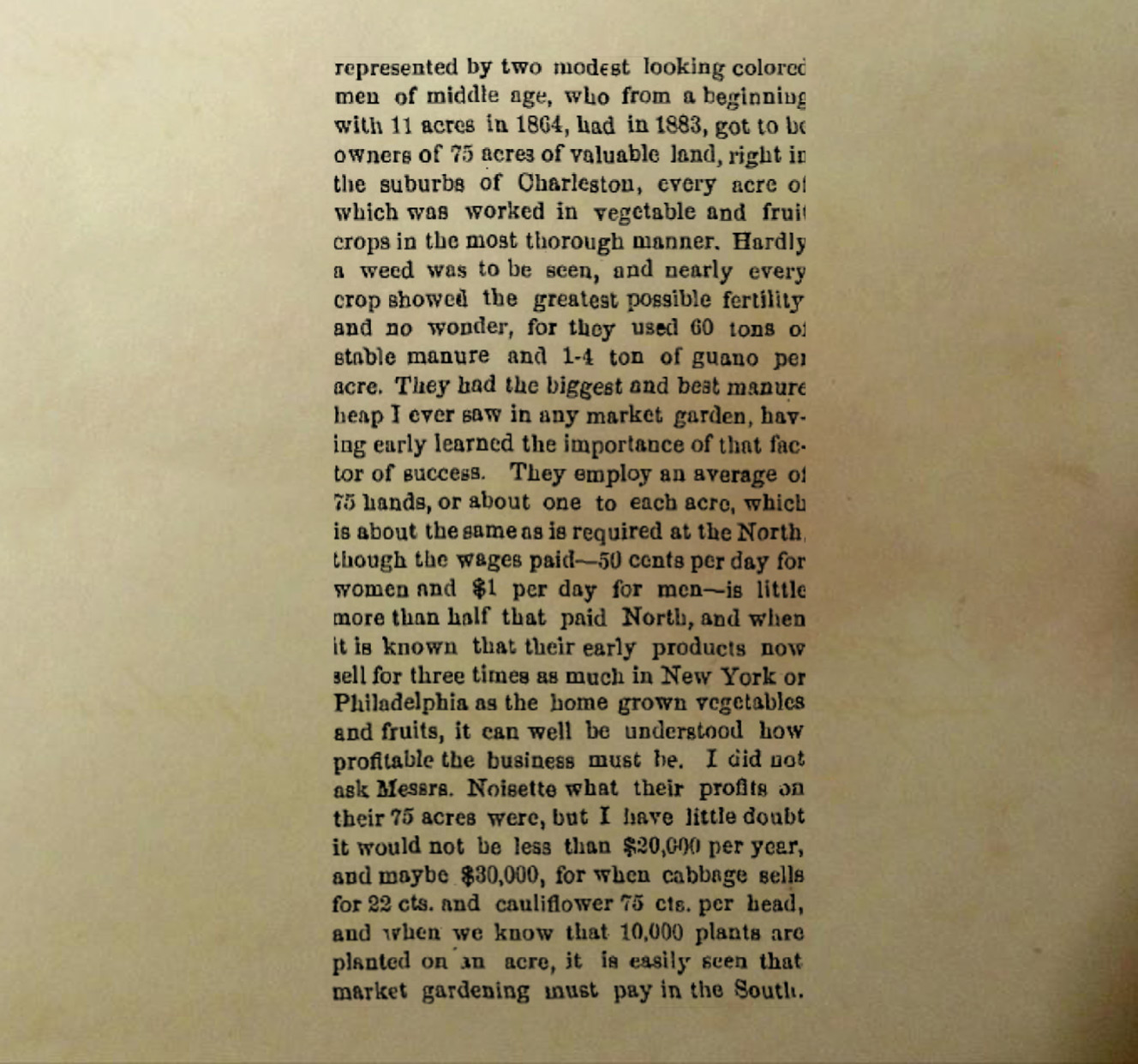

Henderson’s comments on land acquisition were on point.
As Paul & Joseph’s 1869 Report indicated . . .
Noisette Land
The two brothers owned land on the peninsula as well as in North Charleston and Goose Creek.
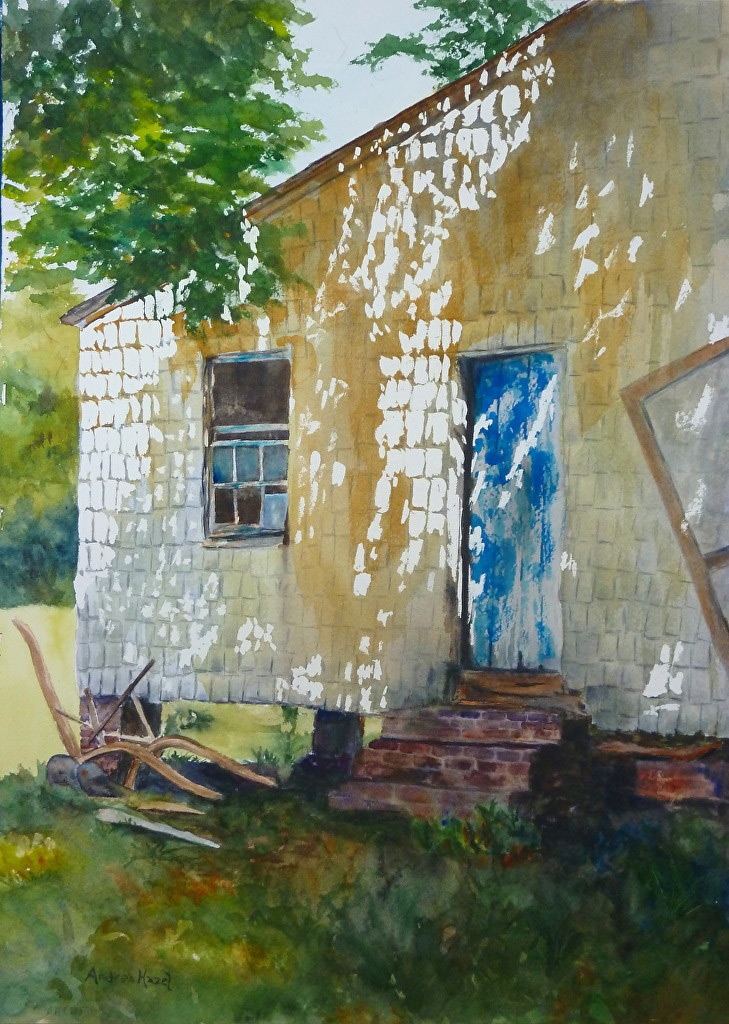

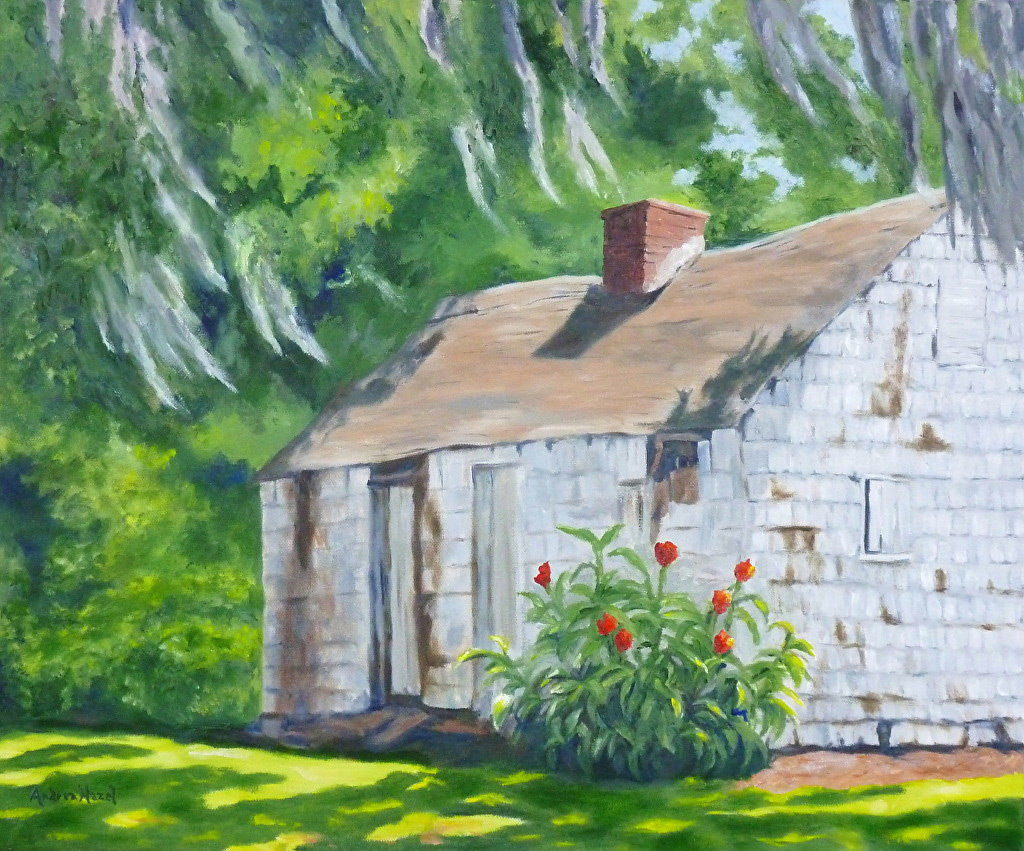
acres
A Farm
They owned a farm with buildings head-quartered on the intersection of Meeting & Romney Streets in the Charleston Neck.
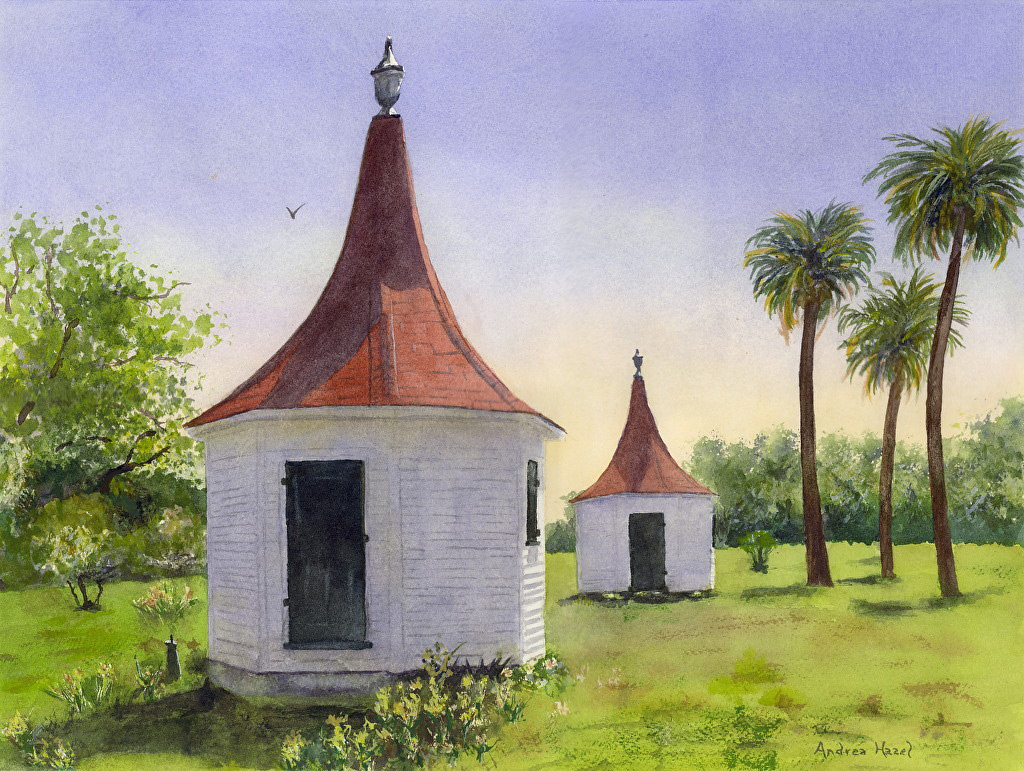
acres
A Plantation
They also owned a 452-acre plantation in Goose Creek.
A Team
Both were worked by relatives and hired hands.
– Artwork by Andrea Hazel.
The Rectangle of Streets
Sans Souci, King, Simons & Hester
skirted the original 11 acre garden.
How did the Noisette Brothers earn $20,000-$30,000 a year?

Truck Farming
Truck Farming was the post-Civil War culture of vegetables for the northern produce markets.
Southern cities with railroad connections northward began supplying Spring Vegetables—those from Charleston were deemed best—and those from the Noisette farm the best of the Charleston area.
What did they grow?
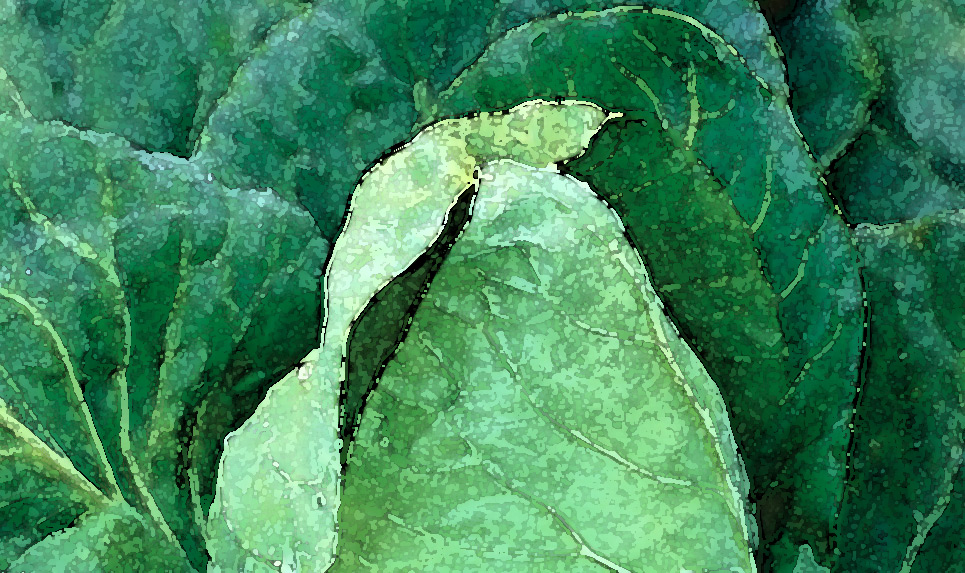
Charleston Wakefield Cabbage
The Charleston Wakefield cabbage made its debut in 1892 as a solution for Southern growers seeking an alternative to the Early Jersey Wakefield variety. While it produces conical heads similar to its predecessor, it boasts enhanced tolerance to warm weather conditions. This makes it a perfect option for spring cultivation in the Southern regions. Moreover, its resilience to frost qualifies it as a suitable choice for autumn planting.
The Noisette farm grew a strawberry variety of their own breeding suited to hot weather.
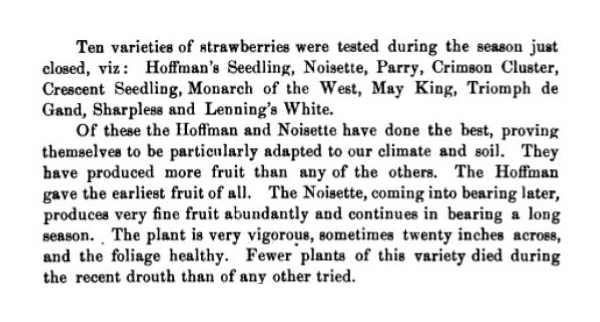
Strawberry picking on the Noisette Farm,
Charleston Neck.

Other crops grown on the Noisette Farm
- Tomatoes
- Artichokes
- Okra
- Cauliflower
- Musk melon
- New potatoes
- Mustard greens
Though their profit derived from vegetables and small fruit, they continued the family’s tradition of floriculture, growing roses, and other cut flowers.
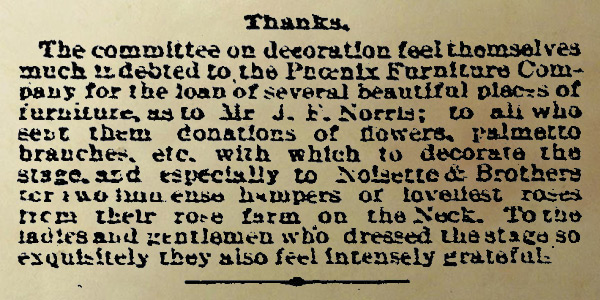
The brothers donated flowers to every civic occasion—here to the visit of Wade Hampton.
The Brothers acquired every new Noisette Rose that came on the market, particularly the French strains.
They had trellises of the ur-rose: the Blush Noisette
In the 1890s the Noisettes, struck by Olmstead’s plan for Chicora Park, sold 50 acres including the rose gardens to that splendid project.
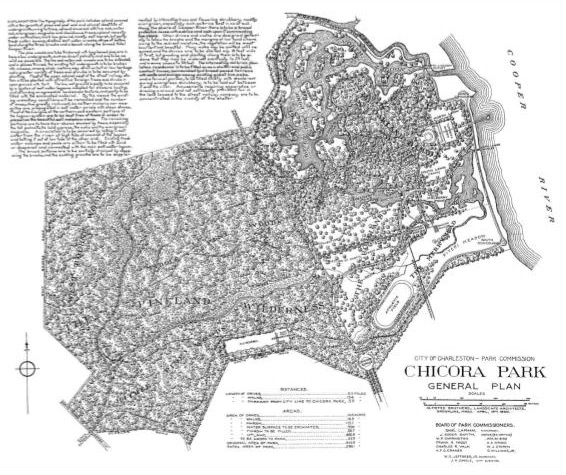
In 1902 President Teddy Roosevelt toured the former Noisette lands in Chicora Park
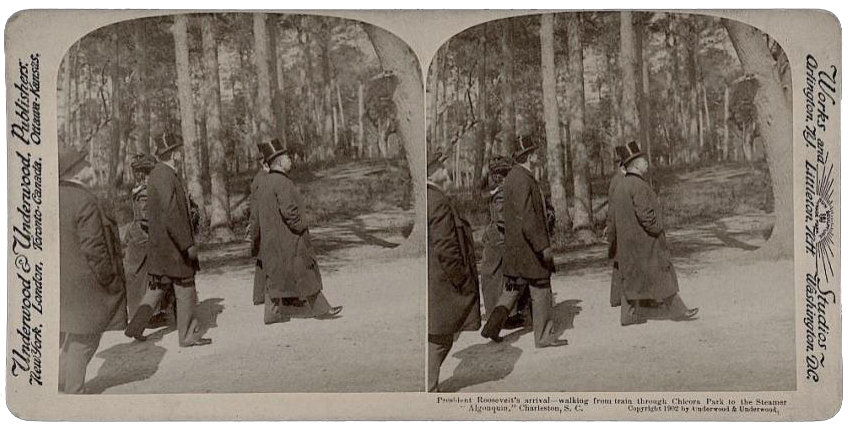
The sale of 50 acres did not greatly diminish the Noisette’s holdings on the neck—they gave other tracts to transportation companies.
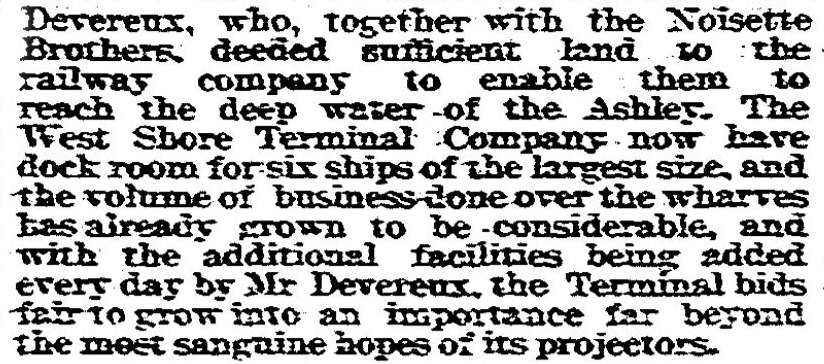
How did the Noisette brothers acquire so much land?
- Paul Stanislas Noisette was a brilliant real estate speculator.
- The profits of truck farming put a great deal of money into the brothers’ hands.
- They could manage large scale cash transactions.
- They had the best legal advice in the city.
How much wealth did they amass?
In 1886 we have this estimate.
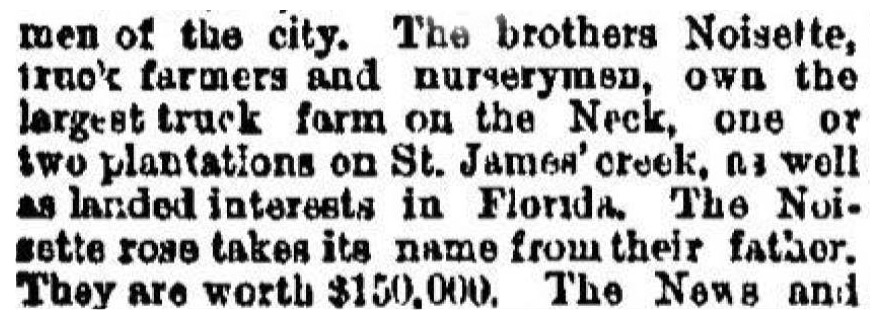
The legal backing was important.
In the late 1850s, some challenged their free status.
Guardians & lawyers Daniel & Elias Horlbeck intervened repeatedly.
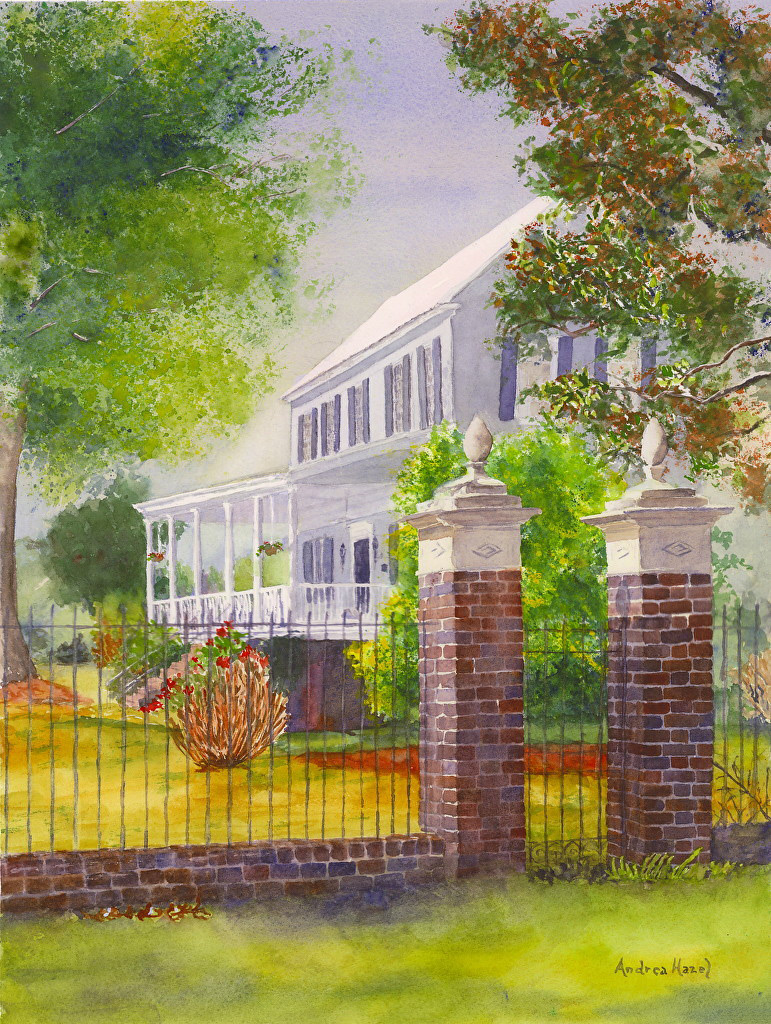

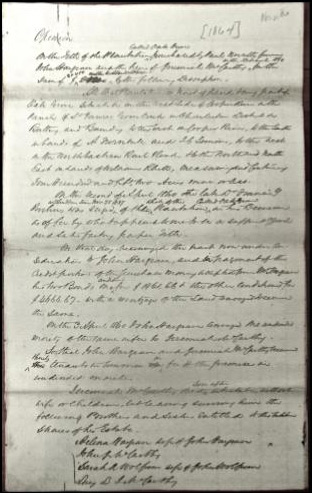
Real Estate Coup
In 1864 with Horlbeck’s aid, Paul Noisette, performed a real estate coup, purchasing Oak Grove Plantation in Goose Creek.
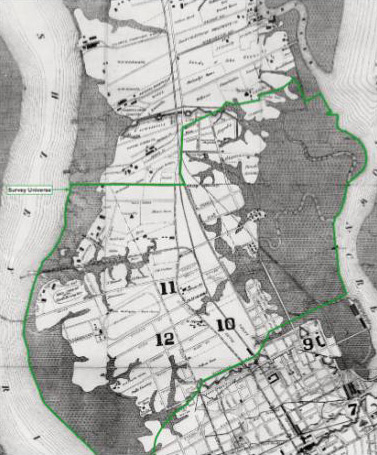
Campaign of Acquisition
It began a campaign of acquisition
that saw Paul Noisette gain control of
much of the upper Charleston Peninsula
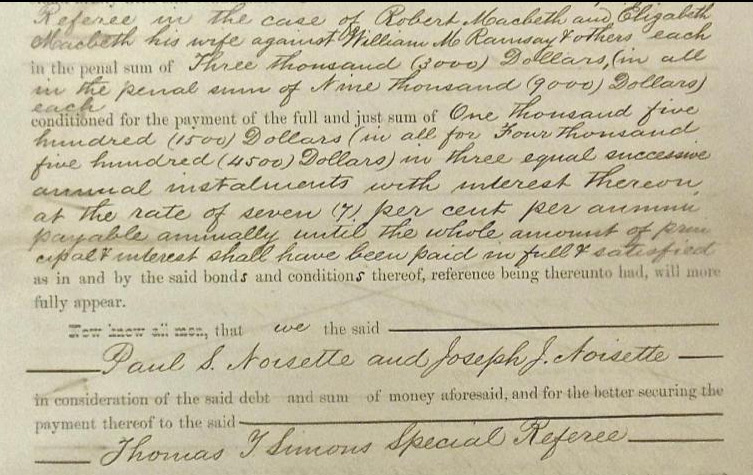
Huge Profit
When development encroached, they sold farm land at a huge profit.
Noisette Farm House on Rutledge Avenue. The white 3-story on the left.
– Paul S. Noisette’s Obituary –
A legacy remembered.
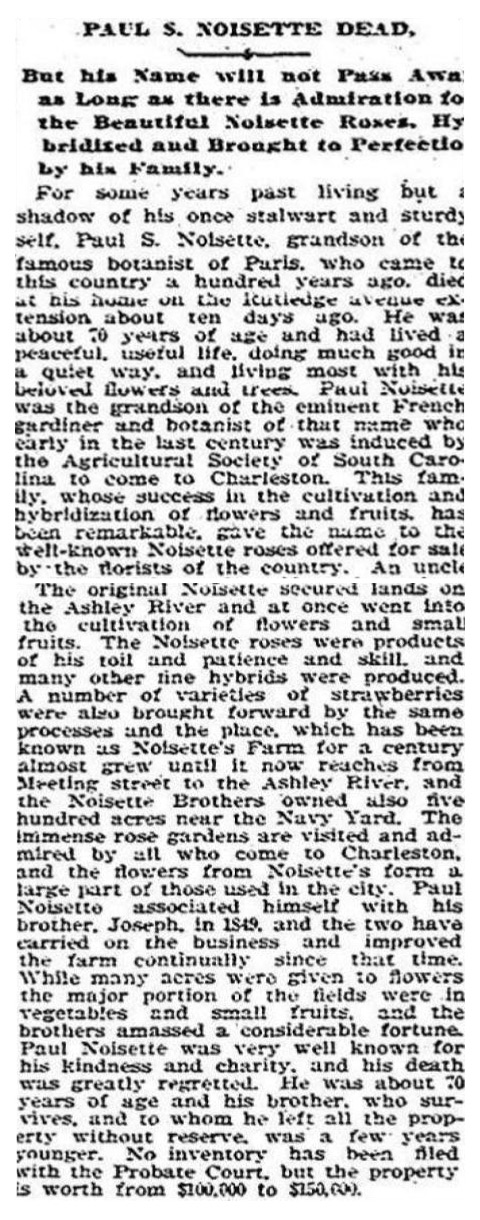
CREDITS
Artwork By
Andrea Hazel
Research by
Dr. David S. Shields
Carolina Distinguished Professor
College of Arts and Sciences
Welsh Humanities Office Bldg. 207
University of South Carolina
Columbia, SC 29208
803 576 5980 (office & fax)
Chair, Carolina Gold Rice Foundation
Chair, Slow Food USA Ark of Taste, Southeast
Books
Southern Provisions (March 2015)
http://press.uchicago.edu/ucp/books/book/chicago/S/bo18123362.html
Still (May 2013)
http://press.uchicago.edu/ucp/books/book/chicago/S/bo14821600.html
Websites
http://artsandsciences.sc.edu/engl/people/pages/personal/davidsshields/

